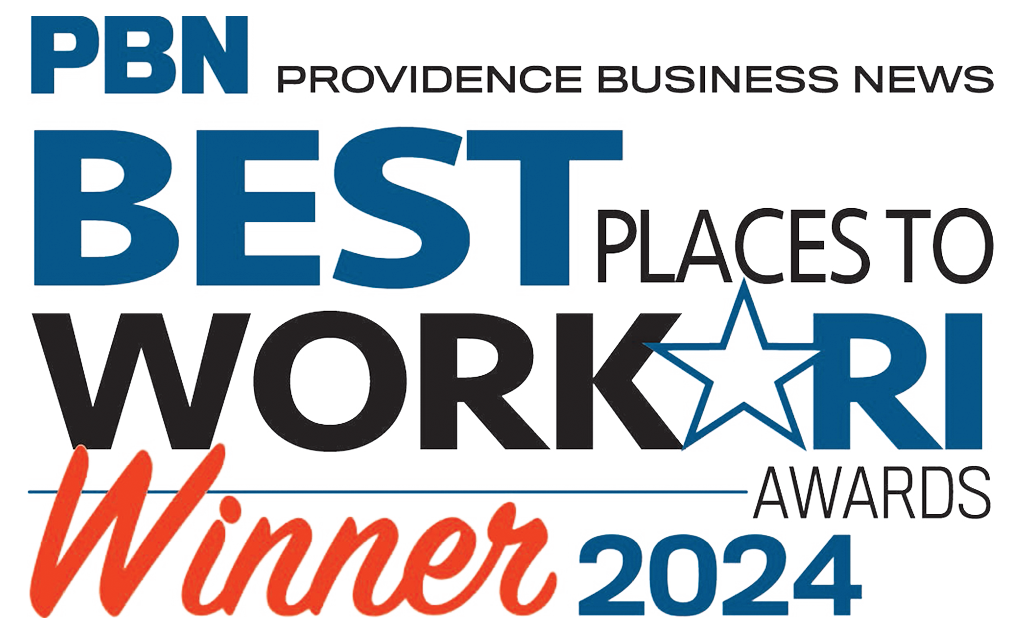TV and Internet remain fascinating business sectors. Mostly because the legal fights tend to center on content-providers refusing to give consumers precisely what they want. Take Aereo, for example. (I’ve written about Aereo in previous blog posts.) It is a web-based subscription service that allows you to stream live, over-the-air television without the need for an antenna. It’s unclear how successful it has been because Aereo hasn’t released subscription numbers; but after starting out in New York City in 2012, it has expanded to several more cities and appears poised to continue.
Unless, of course, the U.S. Supreme Court shuts it down as an illegal “public” retransmission of copyrighted content, which the major networks have argued in court with mixed results. The Supreme Court accepted the case for the current term and will rule by mid-year.
And then there is the issue of “net neutrality.” Since the rise of the web, the FCC has been committed to promoting equal access for all Internet traffic and has issued rules preventing broadband providers from blocking or restricting access to certain websites. Companies such as Comcast and Verizon cannot, for example, charge Netflix or Google additional fees to ensure their customers can reliably access streaming HD video.
With Netflix and Google’s YouTube reportedly accounting for over 50% of all peak downstream Internet traffic in North America, cable companies would love nothing more than to charge Netflix and Google additional fees that they would have to pay or else lose business from consumers frustrated by slower speeds. The fact that Netflix is the primary net-based competitor to the cable television offerings — and recently crossed over into original programming to further strengthen its position — only heightens broadband providers’ desire to get rid of net neutrality permanently. Courts have twice struck down the FCC’s rules but the FCC has vowed to issue new regulations later this year. As of now, however, net neutrality is gone, leaving the cable companies to charge content-providers for better consumer access.
Like most disruptive technology, demand for Aereo and Netflix arises out of consumers’ desire for something cable companies can provide but refuse to.
Many want to pay only for what they watch–the “a la carte” option–or want to pay a flat fee for unlimited access to movies. The cable companies only offer bundled channel packages and on-demand movies. Given their regional monopoly power, consumer choice remains low. Although this creates the perfect opportunity for disruptors to meet consumer demand, businesses have to be prepared to fight the incumbents, both in the market and in court. Of course, not every industry is fiercely litigious like cable.
Disruptors must understand the landscape prior to entering the market. No matter how significant the new product or technology, being mired in litigation without the fortitude or resources to do battle will shorten the product lifecycle substantially or kill it altogether. When it comes to challenging the status quo, look before you leap.
For more information, contact Roger at rhood@duffysweeney.com. We welcome your comments, questions and suggestions.


